My favourite painting: Dan Skelton
Racehorse trainer Dan Skelton picks a classic Munnings image.
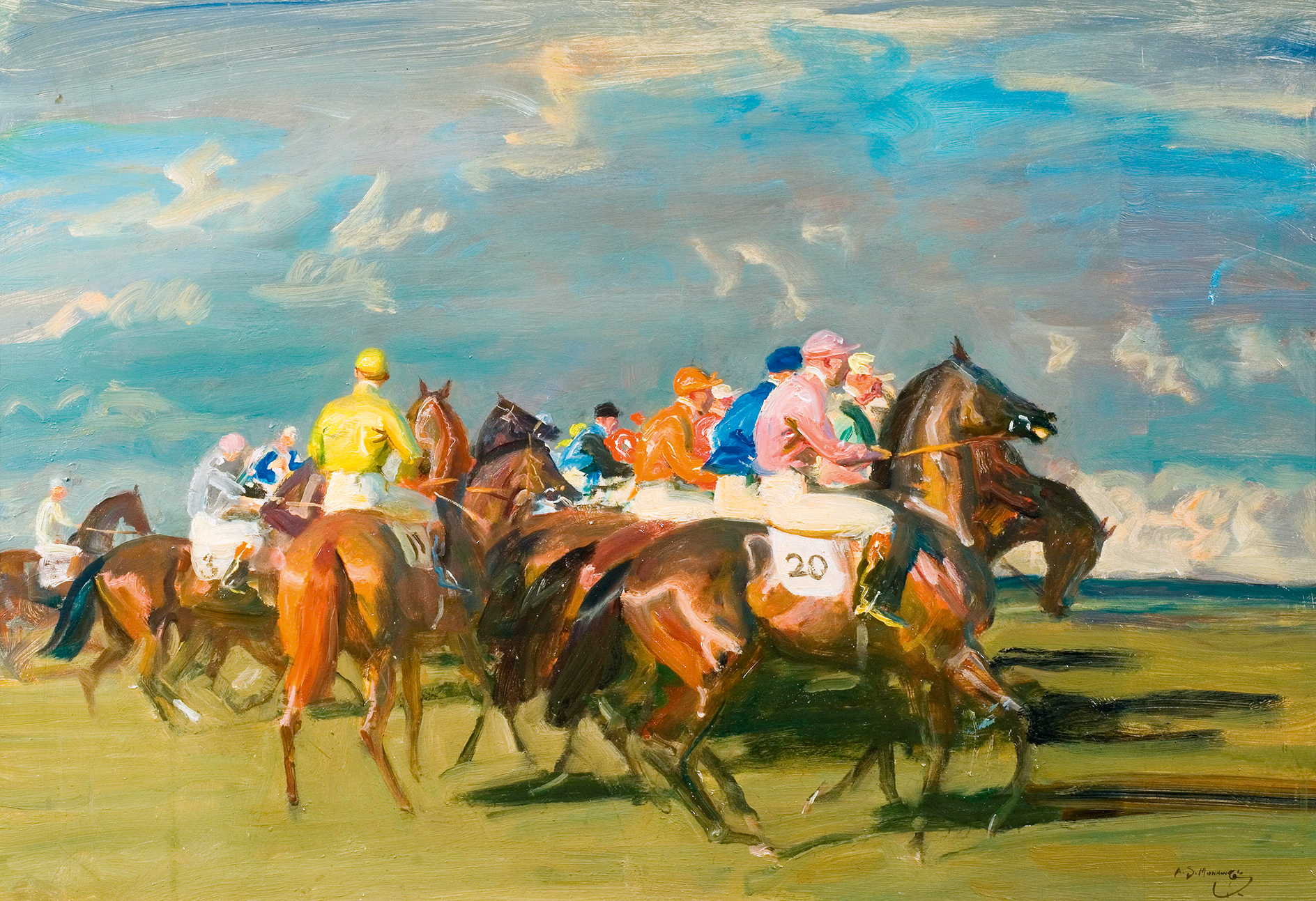

Dan Skelton on Study of ‘The Start’ by Sir Alfred Munnings
'I’ve always been interested in how artists have depicted equine movement and I feel Munnings captured it perfectly. This start of a race scene has a number of horses in different poses, and each represents brilliantly what is going to happen on this day.
'You can sense that the horse in the foreground is keen to get started, but that the jockey is thinking otherwise; the jockey in yellow isn’t happy with his position so is moving; the horse whose head is bowed low and the most forward of all is most likely to lead the field. Munnings lost an eye in 1898, but it certainly didn’t impede his eye for detail.'
Dan Skelton is a racehorse trainer.
John McEwen on Study of 'The Start'
‘I think Munnings was greater than Stubbs,’ said Augustus John, after his friend’s July memorial service, to which John wore a wide-brimmed straw hat painted black for the occasion. ‘He made it move, had greater narrative quality and the groupings are better.’
This is never more applicable than to Sir Alfred Munnings’s paintings of racing starts, mostly worked on at Newmarket, where he had a rubbing house converted into a studio. The start, before the introduction of starting stalls for Flat racing, particularly challenged his ability to capture movement as the riders jockeyed for position. He wrote: ‘The grouping, the movement-colour, all dependent on the lighting; the sky. Orange satin, cerise-and-white, blue-and-yellow, emerald green — a large field waiting, waiting, regrouping. At each start determined to retain the picture in my mind.’
His attempts to convey the excitement of the finish were never so successful. But, as he said in his notoriously anti-Modern-art farewell speech as president of the Royal Academy at its 1949 annual summer show banquet: ‘I myself would rather have… a damned bad failure… than all this affected juggling, this following of what — shall we call it the School of Paris?’ This first post-war banquet was still men only, with even the five female RAs being excluded.
Munnings’s ashes were laid in the crypt of St Paul’s Cathedral, where a memorial tablet is dedicated to him next to that of another famous artist son of a Suffolk miller, John Constable. The tablet is engraved with lines written on Munnings’s death by one of his friends, John Masefield, the then Poet Laureate: ‘O friend, how lovely are the things/The English things, you helped us to perceive.’
My favourite painting: Susan Crawford
'You can feel and smell that horse and the exuberant confidence of the lad riding bareback.'
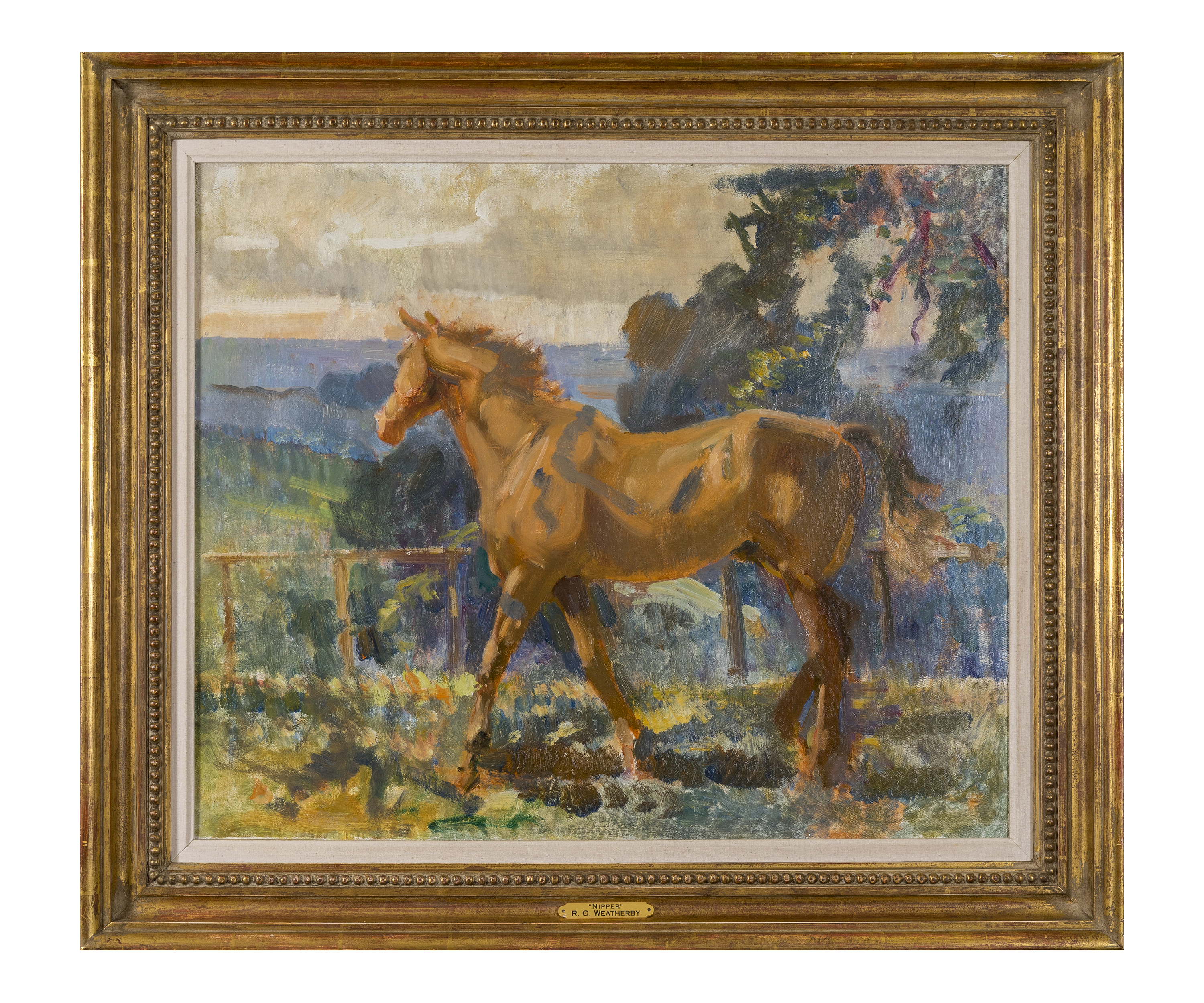
My Favourite Painting: Roger Weatherby
Roger Weatherby — the CEO of his family firm, Weatherbys Banking Group — chooses an equestrian picture from his family's collection,
Sign up for the Country Life Newsletter
Exquisite houses, the beauty of Nature, and how to get the most from your life, straight to your inbox.
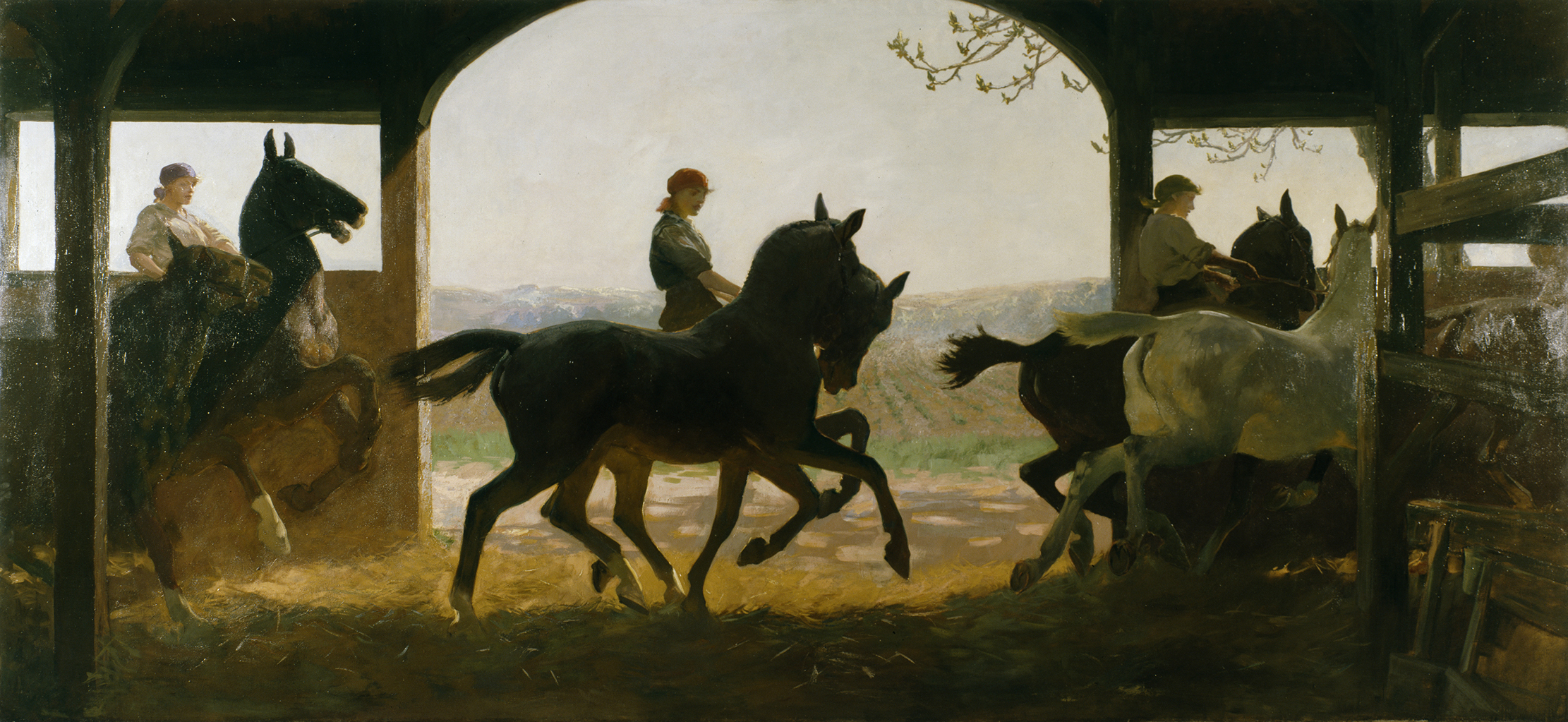
My Favourite Painting: Kit Kemp
Designer and author Kit Kemp chooses Lucy Kemp-Welch's The Straw Ride, a study of the horses of the First World
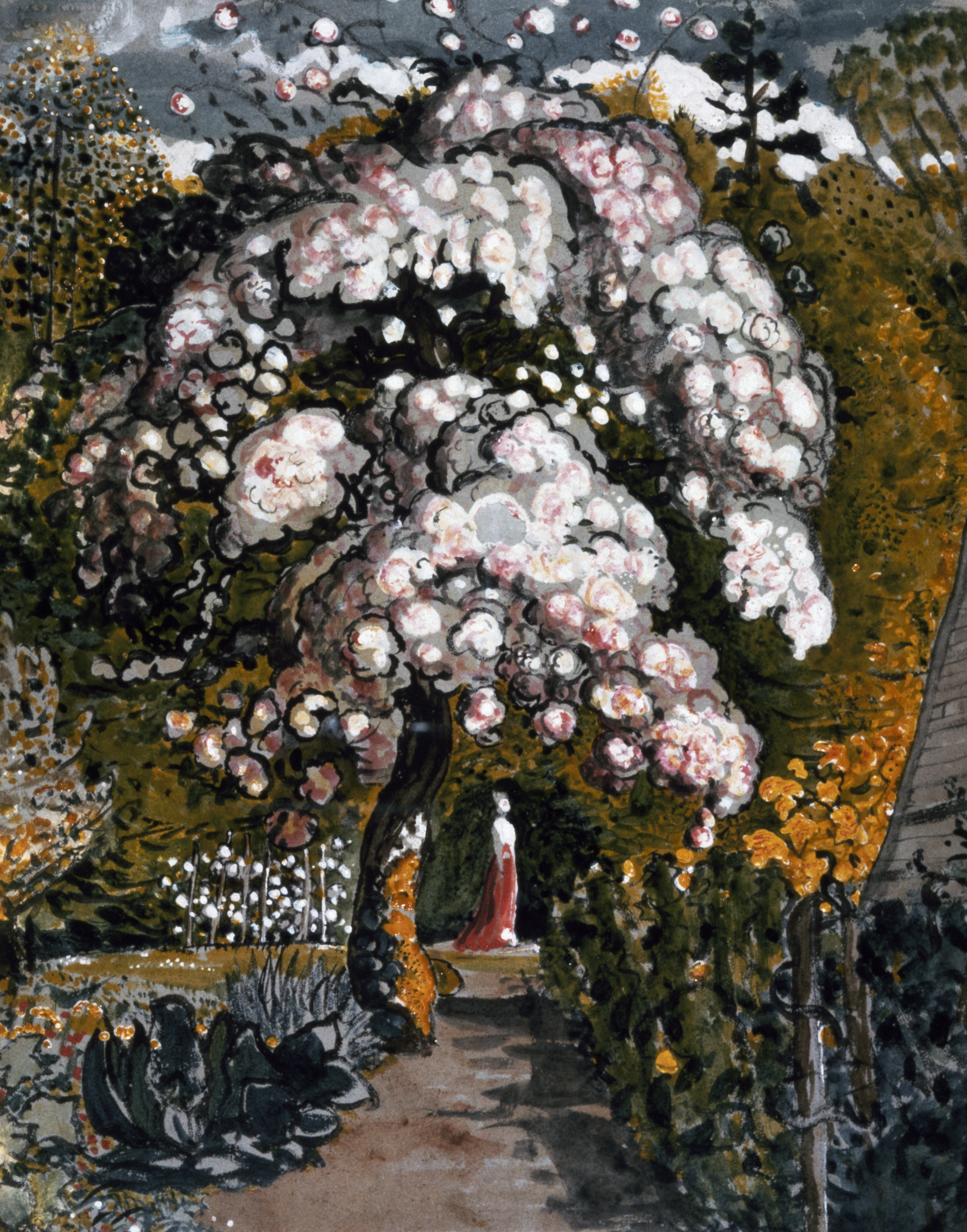
My favourite painting: Emma Bridgewater
'For me, it’s like a prayer. Or a meditation,' says Emma Bridgewater of her favourite painting.

How to make a delicious chestnut chocolate cake with a fluffy meringue topping
If you still have chestnuts left over from Christmas, here's a fun way to turn them into a family favourite.
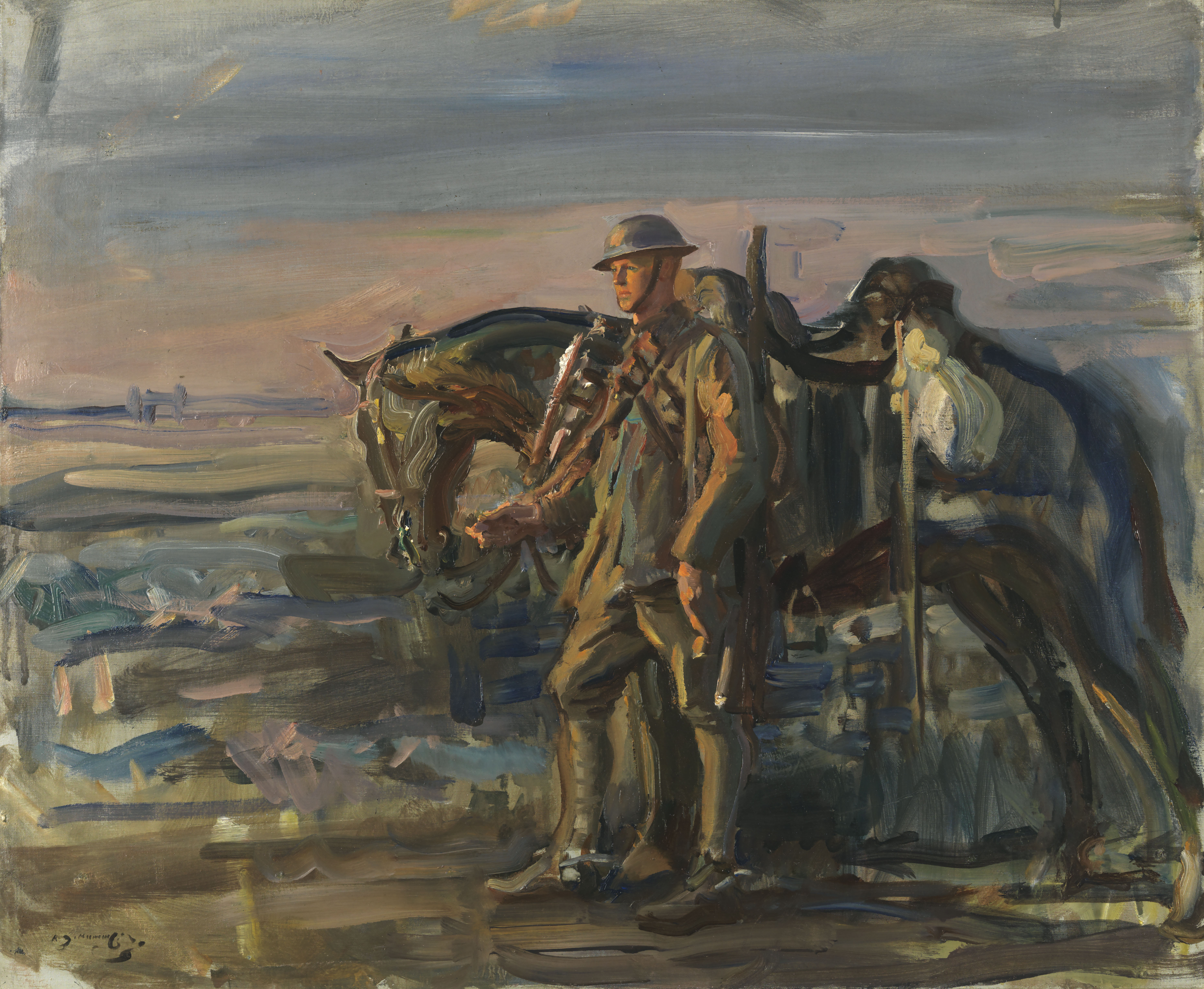
In Focus: The wartime masterpieces of Alfred Munnings
Huon Mallalieu welcomes the opportunity to see a significant body of wartime paintings alongside other works by Munnings in his
Country Life is unlike any other magazine: the only glossy weekly on the newsstand and the only magazine that has been guest-edited by HRH The King not once, but twice. It is a celebration of modern rural life and all its diverse joys and pleasures — that was first published in Queen Victoria's Diamond Jubilee year. Our eclectic mixture of witty and informative content — from the most up-to-date property news and commentary and a coveted glimpse inside some of the UK's best houses and gardens, to gardening, the arts and interior design, written by experts in their field — still cannot be found in print or online, anywhere else.
-
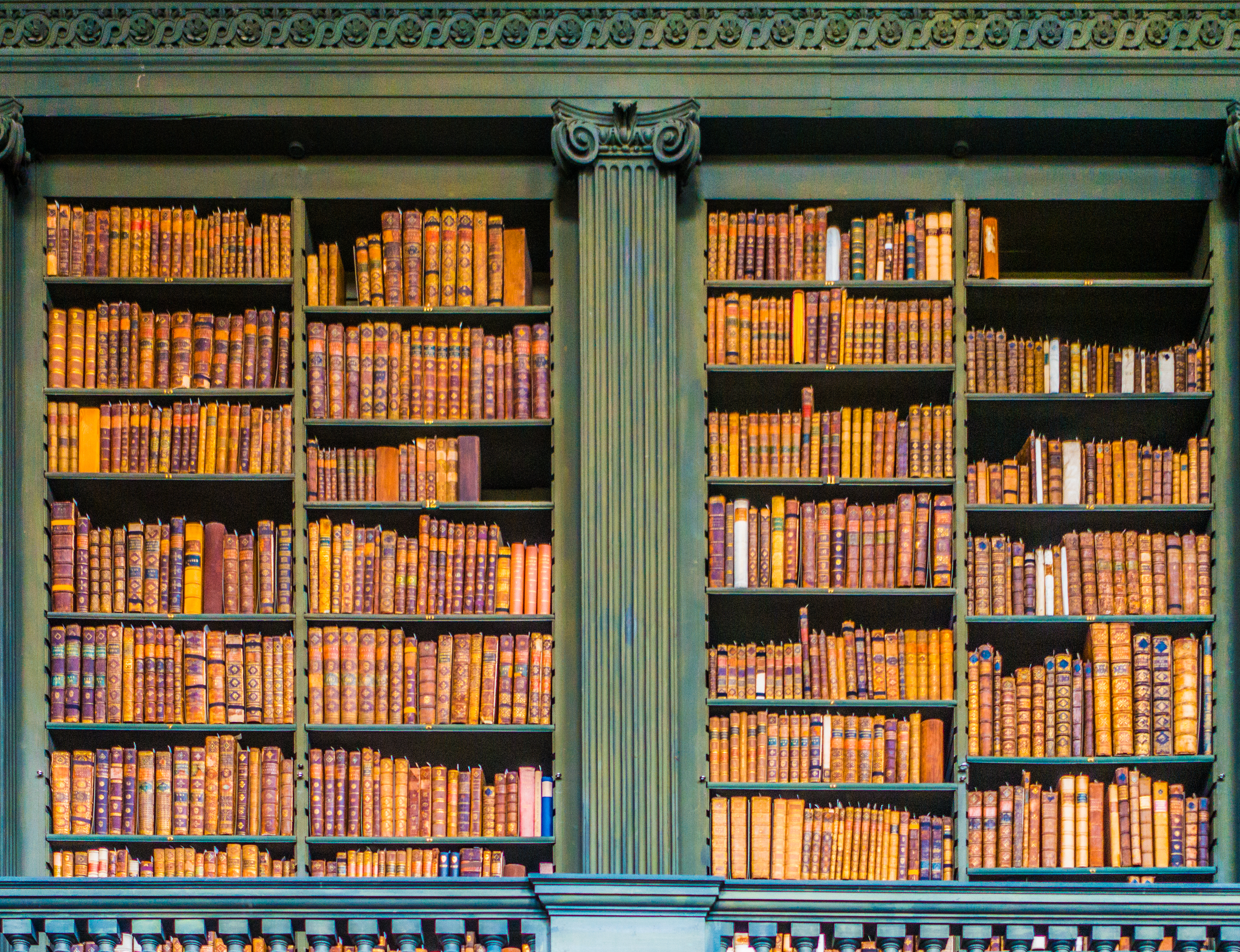 'To exist in this world relies on the hands of others': Roger Powell and modern British bookbinding
'To exist in this world relies on the hands of others': Roger Powell and modern British bookbindingAn exhibition on the legendary bookbinder Roger Powell reveals not only his great skill, but serves to reconnect us with the joy, power and importance of real craftsmanship.
By Hussein Kesvani
-
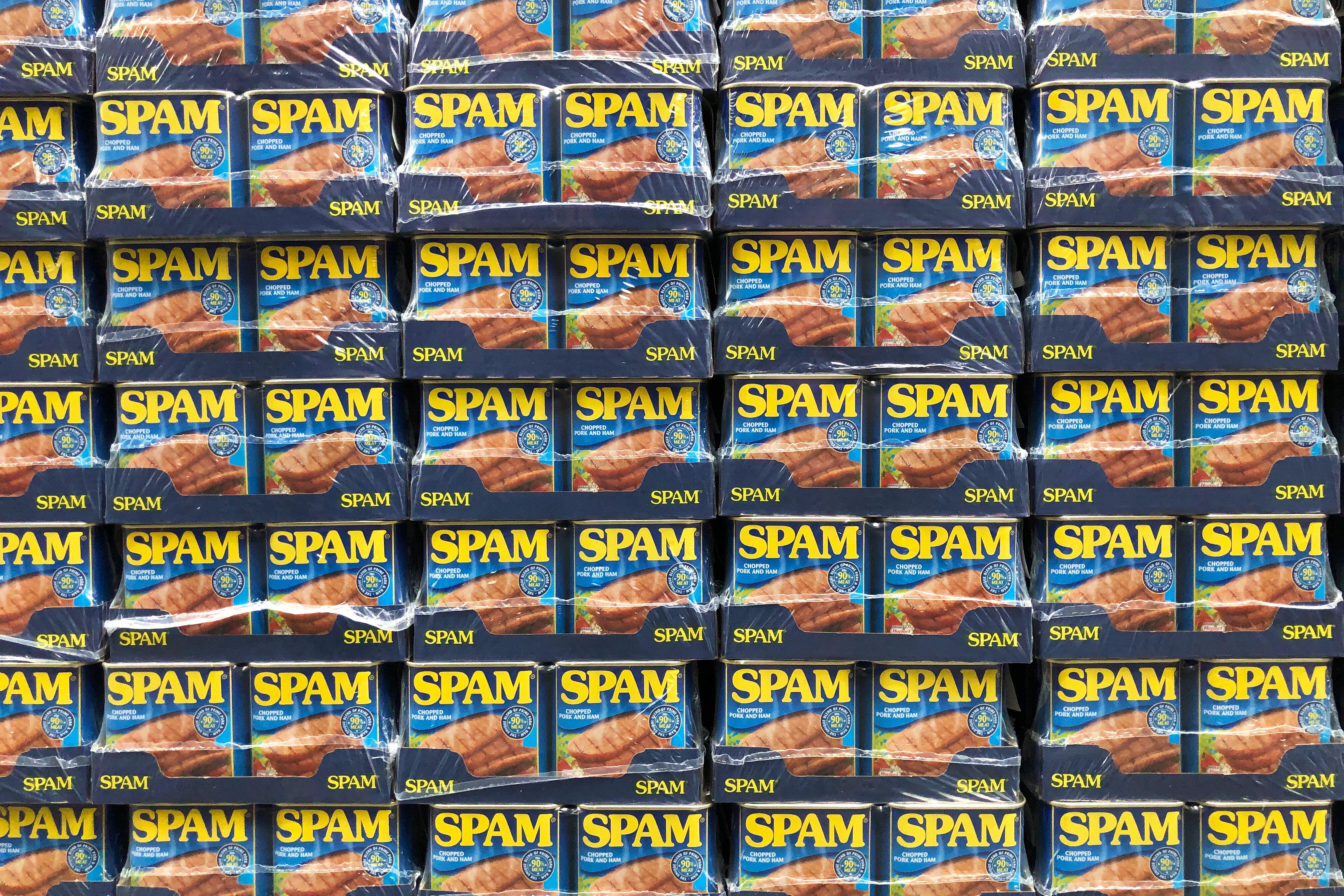 Spam: The tinned meaty treat that brought a taste of the ‘hot-dog life of Hollywood’ to war-weary Britain
Spam: The tinned meaty treat that brought a taste of the ‘hot-dog life of Hollywood’ to war-weary BritainCourtesy of our ‘special relationship’ with the US, Spam was a culinary phenomenon, says Mary Greene. So much so that in 1944, London’s Simpson’s, renowned for its roast beef, was offering creamed Spam casserole instead.
By Country Life
-
 'As a child I wanted to snuggle up with the dogs and be part of it': Alexia Robinson chooses her favourite painting
'As a child I wanted to snuggle up with the dogs and be part of it': Alexia Robinson chooses her favourite paintingAlexia Robinson, founder of Love British Food, chooses an Edwin Landseer classic.
By Charlotte Mullins
-
 The Pre-Raphaelite painter who swapped 'willowy, nubile women' for stained glass — and created some of the best examples in Britain
The Pre-Raphaelite painter who swapped 'willowy, nubile women' for stained glass — and created some of the best examples in BritainThe painter Edward Burne-Jones turned from paint to glass for much of his career. James Hughes, director of the Victorian Society, chooses a glass masterpiece by Burne-Jones as his favourite 'painting'.
By Charlotte Mullins
-
 'I can’t look away. I’m captivated': The painter who takes years over each portrait, with the only guarantee being that it won't look like the subject
'I can’t look away. I’m captivated': The painter who takes years over each portrait, with the only guarantee being that it won't look like the subjectFor Country Life's My Favourite Painting slot, the writer Emily Howes chooses a work by a daring and challenging artist: Frank Auerbach.
By Toby Keel
-
 My Favourite Painting: Rob Houchen
My Favourite Painting: Rob HouchenThe actor Rob Houchen chooses a bold and challenging Egon Schiele work.
By Charlotte Mullins
-
 My Favourite Painting: Jeremy Clarkson
My Favourite Painting: Jeremy Clarkson'That's why this is my favourite painting. Because it invites you to imagine'
By Charlotte Mullins
-
 The chair of the National Gallery names his favourite from among the 2,300 masterpieces — and it will come as a bit of a shock
The chair of the National Gallery names his favourite from among the 2,300 masterpieces — and it will come as a bit of a shockAs the National Gallery turns 200, the chair of its board of trustees, John Booth, chooses his favourite painting.
By Toby Keel
-
 'A wonderful reminder of what the countryside could and should be': The 200-year-old watercolour of a world fast disappearing
'A wonderful reminder of what the countryside could and should be': The 200-year-old watercolour of a world fast disappearingChristopher Price of the Rare Breed Survival Trust on the bucolic beauty of The Magic Apple Tree by Samuel Palmer, which he nominates as his favourite painting.
By Charlotte Mullins
-
 My favourite painting: Andrew Graham-Dixon
My favourite painting: Andrew Graham-Dixon'Lesson Number One: it’s the pictures that baffle and tantalise you that stay in the mind forever .'
By Country Life